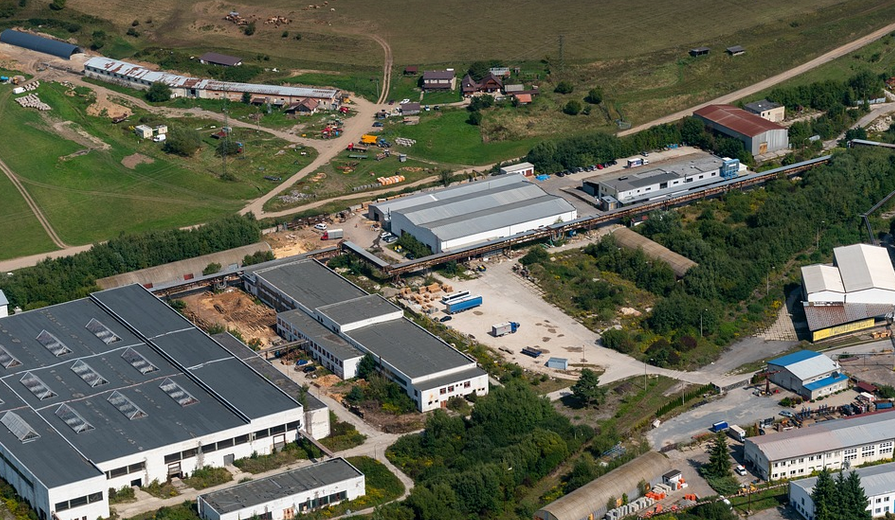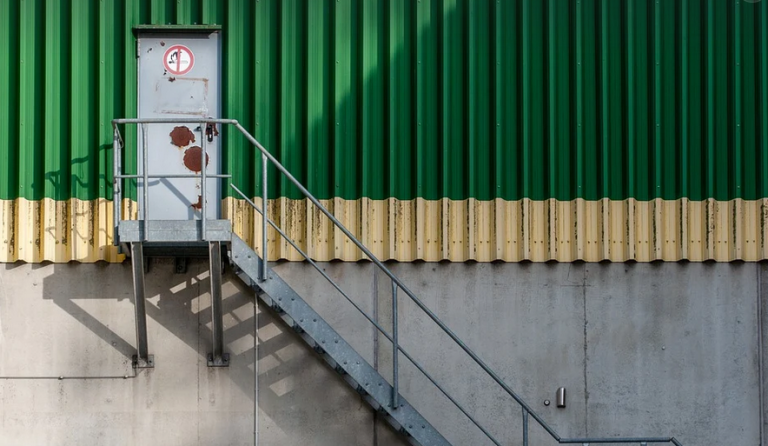
Demystifying Geometric Transformations for Creative Mastery
In the fascinating realm of geometry, where shapes dance and morph, we encounter a powerful tool – geometric transformations. These transformations are like magic spells that can change the position, size, and appearance of objects on a plane. Today, we’re diving into the exciting world of composition, exploring how to use these transformations to create stunning visuals.
Geometry transformations offer us an incredible canvas for artistic exploration. Imagine flipping, rotating, scaling, or mirroring images – it all comes down to manipulating shapes and their spatial relationships. But where does this art meet practical application? Well, geometry transformation composition is used in a plethora of fields.
In graphic design, for instance, these transformations are essential for creating eye-catching layouts, crafting visually compelling illustrations, and even designing immersive game environments. From the sleek typography of websites to the intricate details of video game characters, geometric transformations play a critical role in bringing those visuals to life.
Think about how photographs can be manipulated using editing tools like Photoshop. You can create stunning portraits by changing perspectives, adjusting lighting, or even adding special effects. The magic lies in the ability to bend and reshape the image while preserving its essence. This is a perfect example of geometric composition in action.
As we delve deeper into geometry transformation composition, it’s crucial to understand the various types of transformations available. We have translations, rotations, dilations, and reflections – each with unique properties that affect shapes differently. Mastering these techniques will unlock a whole new dimension of creativity in your art.
Translations are like moving objects on a map; they slide them along a chosen direction and distance without altering their size or shape. Think about how you can move an image to the left, right, up, or down – that’s a translation at work. Rotations, on the other hand, are about spinning those shapes around an axis. Imagine rotating a drawing by 90 degrees clockwise – that’s a rotation in action.
Dilations are about stretching or shrinking objects – like blowing up or down a blueprint. A dilation allows us to change the size of an object without affecting its shape. Finally, reflections involve mirroring shapes across a line. Imagine looking at your image from another perspective – that’s a reflection in action.
Now, let’s talk about composition – the key ingredient that gives our visuals depth and meaning. Composition is all about arranging elements within an artwork to create a specific effect or message. It’s about creating balance, contrast, and harmony to draw attention to certain aspects of the image. A good composition can make even the simplest shapes feel powerful and purposeful.
So, how do we combine these transformations with composition? Well, imagine you have several geometric shapes that need to be modified before they are used in a project. You can use transformations like translations, rotations, and dilations to move, rotate, or stretch these shapes as needed, then apply them to your artwork.
However, the beauty of composition is that it goes beyond just manipulating the objects themselves. It involves considering the relationship between objects, their placement within a wider design space, and how this arrangement conveys a specific message or feeling.
For example, think about the use of negative space. This allows you to create a visual balance by leaving empty areas around other shapes. This can also be used strategically to draw attention to specific parts of your composition – just like highlighting certain words in a sentence is done with emphasis.
Another important aspect of composition is creating a focal point. This is the element that grabs attention and directs viewers’ eyes to the most interesting part of the composition. By utilizing techniques like placing key elements closer to the center or experimenting with color contrast, you can create a captivating visual dynamic.
Unlocking the Secrets: A Step-by-Step Guide
Let’s dive into some practical exercises that will help you master geometry transformation composition. As you work through these steps, remember to use your imagination and experiment to discover new approaches.
**1. Start Simple:** Begin with basic shapes – squares, rectangles, triangles. Use translations, rotations, or dilations to transform the original shapes into something new. Play around with different combinations and see how these transformations change the overall look of your design.
Imagine you have a square. Use translations to move it across the canvas. Then rotate it to create different angles. Imagine scaling up or down its size to see what happens – that’s another level of geometric transformation.
**2. Explore Composition:** Next, try applying these transformed shapes to your composition. Think about how your transformations contribute to the overall visual design and how they interact with other elements in the artwork. Experiment with different arrangements and see what works best for you.
Imagine a geometric transformation of a simple circle. Try moving it around, rotating it, or even scaling it up to create interesting shapes. How does this change its effect on the composition? What kind of aesthetic do these changes produce?
**3. Refine Your Skills:** As you gain more confidence and experience, you can start adding more complex transformations like reflections and combinations of multiple transformations. This will allow you to create even more dynamic and visually arresting designs.
For example, imagine a triangle reflected across a vertical line, then rotated by 45 degrees. How does this combination of transformations affect the overall shape and visual impact? What effect does it have on the composition?
**4. Seek Inspiration:** Don’t just limit your explorations to basic shapes. Look at real-world examples like architecture, art, or even nature – these can provide valuable inspiration and help you translate concepts into visuals.
Analyze how different architects use geometric transformations in their designs. How do artists use color and contrast to create a visual impact? Explore the interplay of shapes in natural forms. Look at how plants and animals are structured – nature itself is full of geometric inspiration!
The Power of Practice: A Journey into Mastery
Remember, mastering geometry transformation composition takes time and practice. Don’t get discouraged if your initial attempts don’t turn out exactly as you expect. The journey to mastery involves experimenting with different strategies, techniques, and approaches. As you continue practicing, you will develop a deeper understanding of the tools and their potential.
“You can’t become a master without doing the work,” – some wise words by someone who truly understood the power of dedication in art.
Keep exploring different techniques, constantly challenge your creativity, and don’t be afraid to break conventions. The more you practice, the better you will understand how to use these powerful tools to transform ideas into visually stunning masterpieces.



